Advantages & Disadvantages of LLMs for Translation

As AI technology advances, Large Language Models (LLMs) are becoming a prominent solution for translation tasks.
As businesses and organizations expand internationally, the need for accurate, efficient, and cost-effective translation solutions becomes increasingly important. Unfortunately, traditional translation methods, such as human translators and rule-based machine translation, often struggle to meet the growing demands of the global communication that you need.

LLMs offer several advantages, such as adaptability to various topics and styles, high grammatical accuracy, and continuous improvement making it a great choice for translation.
However, like any technology, LLMs come with their own set of limitations. For example, they may struggle with capturing cultural nuances, translating domain-specific texts, and handling idiomatic expressions.
Today, we’ll explore these advantages and disadvantages of using an LLM for translation, providing insights to help you make informed decisions about adopting this technology.
What You’ll Learn
- The basics of LLMs and their application in translation
- The advantages of using LLMs for translation
- The disadvantages and challenges of using LLMs for translation
- Practical use cases and examples of LLMs in organizational settings
If you’re looking for a high-quality translation solution that puts the power of LLMs at your fingertips while mitigating its disadvantages, request a demo of Pairaphrase today.
Understanding LLMs (Large Language Models) for Translation
What’s an LLM?
A Large Language Model (LLM), like GPT-4o, leverages advanced neural networks and extensive training data to understand and generate human language with remarkable quality. It can perform a variety of tasks, including translation, by predicting the next word in a sentence based on the context provided by previous words.
How LLMs Work in Translation
LLMs translate text by using their deep learning algorithms to understand the context and generate high-quality translations. Unlike traditional rule-based translation methods, LLMs rely on large amounts of data and sophisticated neural network architectures to produce translations that are contextually relevant and grammatically correct.
10 Advantages of LLMs for Translation
1. Adaptability to Various Topics and Styles
One of the top advantages of LLMs is that they can handle a broad range of topics and language styles due to their training on diverse collections. This adaptability makes them suitable for translating different types of content, from technical manuals to casual blog posts.
For example, an LLM can seamlessly switch between translating a legal document and a marketing brochure, maintaining appropriate tone and terminology for each.
2. High Grammatical Accuracy
LLMs produce translations that are grammatically correct and easy to comprehend. This reduces the need for extensive post-editing, saving time and resources. Organizations have reported improved readability and fewer grammatical errors in their translated content when using LLMs compared to traditional methods.
3. Continuous Improvement
Another one of the key advantages of LLMs is their ability to learn from user interactions and expanding corpora, enhancing their performance over time. This continuous improvement means that LLMs can adapt to new language trends and terminology, providing higher quality and up-to-date translations.
4. Reduced Dependence on Bilingual Data
LLMs require less bilingual data during pre-training for major languages compared to traditional machine translation systems. This reduced dependence on bilingual data is particularly beneficial for languages with limited bilingual resources, making LLMs a more versatile and accessible translation tool (ar5iv).
5. Superior Long-Sentence Translation
LLMs also excel at translating longer sentences and documents, maintaining coherence and context throughout. This capability is especially useful for translators dealing with complex texts, as LLMs can handle intricate sentence structures and lengthy paragraphs without losing meaning.
6. Maintaining Brand Nuance
LLMs tend to preserve tone, humor, and idiomatic expressions, which are crucial for maintaining identity across different languages. This ability to capture brand nuance can help organizations and schools ensure that their messaging remains consistent and effective in all target markets.
7. Resource-Efficient for Rare Languages
According to research, LLMs can generate moderate translations even for zero-resource languages, which are languages with very little available training data. This resource efficiency makes LLMs a valuable tool for you when working in diverse linguistic environments, allowing them to reach audiences in rare or underrepresented languages.
8. Scalability and Speed
An additional benefit of translating with LLMs is they can handle large volumes of text, making them ideal for organizations or institutions that need to process vast amounts of content quickly. This scalability ensures that even large-scale translation projects can be completed efficiently.
Moreover, LLMs offer speed advantages in real-time translation scenarios, providing quick and accurate translations that facilitate smooth communication across languages. Note: We’ll talk about some disadvantages when it comes to speed in the next section.
9. Opportunity for Cost-Effectiveness
By reducing the need for human translators, LLMs offer long-term cost savings for organizations. This is perhaps one of the most compelling advantages of using an LLM for translation purposes
While the initial investment in LLM technology can be significant, the reduced reliance on manual translation services and the efficiency gains can result in substantial cost benefits over time.
10. Extensive Language Coverage
Lastly, LLMs support a wide range of languages, making them suitable for global operations. Their extensive language coverage ensures that you can communicate effectively with audiences in different regions.
Examples of multilingual translation capabilities include translating marketing content, customer support materials, educational material, and internal communications into multiple languages seamlessly.
9 Disadvantages of LLMs for Translation
1. Challenges with Cultural Nuance
While LLMs are adept at translating text and preserving humor, they may fail to capture cultural nuances and idioms unique to specific languages or regions. For instance, an LLM might accurately translate the words of an idiomatic expression but miss the cultural context, leading to misunderstandings.
In addition to idiomatic expressions, slang, which is highly culture-specific, can be problematic for LLMs as well. These expressions often do not translate directly either, and LLMs may produce literal translations that miss the intended meaning, causing confusion or misinterpretation.
2. Domain-Specific Limitations
LLMs can struggle with translating texts from specialized domains, especially technical or scientific fields. These domains often require precise terminology and contextual knowledge that LLMs may lack, resulting in less accurate translations.
Organizations or institutions in these fields might need additional human oversight to ensure accuracy and quality.
3. Contextual Understanding and Capacity Limitations
LLMs often falter in understanding larger or implicit context within a text. While they perform well with immediate context and long sentences, longer documents with complex narratives can pose challenges. This limitation can lead to errors in translations where understanding the broader context is crucial.
LLMs also have token limits that prevent them from translating larger, more complex texts in one go. This limitation can require breaking down documents into smaller segments for translation, potentially further disrupting coherence and context.
4. Inconsistencies in Translation
Due to their probabilistic nature, LLMs can produce inconsistent translations. The same phrase might be translated differently in different contexts, leading to variability in the output. This inconsistency can be problematic for organizations requiring uniform translations.
5. Limited Proficiency in Specific Language Pairs
Although LLMs require less bilingual data during their pre-training compared to traditional machine translation systems, they are often trained on numerous language pairs, which can dilute their proficiency in any specific pair.
As a result, the quality of translations may vary significantly between different language pairs, affecting the reliability of translations for less common languages.
6. Accuracy Concerns for Less Common Languages
English language corpora dominate LLM training data, which can lead to less accurate translations for other languages. Languages with fewer resources may not be as well-represented in the training data, resulting in lower translation quality.
7. Bias in Training Data
LLMs can assimilate biases present in their training data, leading to translations that reflect inappropriate tendencies. This bias in translations can be problematic for organizations and schools, necessitating careful review and editing to ensure neutrality and appropriateness.
8. High Operational Costs
If you plan to train and operate your own LLM, the significant computing power can become expensive to use. If you’re an organization or a Language Service Provider (LSP), consider the high costs associated with the direct operations of LLMs, including the need for specialized hardware and ongoing maintenance.
This also brings us to the next disadvantage. Due to the high computing load, LLM wouldn’t be the ideal method to provide translations in certain applications.
9. Speed Limitations
Although the speed and efficiency of your translations will be improved in the long-term, LLMs are generally slower than traditional machine translation models, posing challenges for certain real-time applications.
For organizations requiring rapid translation such as live chat support or real-time video conferencing, the slower processing speed of an LLM can become a significant drawback. Especially when the volume of translation requests increases, the delay could become more pronounced.
Practical Use Cases of Translating with LLMs
Business Communication
LLMs can be used to translate internal and external communications, ensuring clear and consistent messaging across different languages. For example, multinational companies use LLMs to translate emails, reports, and presentations, facilitating seamless communication among global teams.
Content Localization
Adapting product and marketing content for different regions is crucial for global businesses. LLMs help organizations localize their content by translating websites, advertising materials, and product descriptions, ensuring they resonate with local audiences.
Success stories include brands that have expanded their market reach by effectively localizing their messaging.
Educational Institutions
LLMs offer significant advantages for educational institutions by facilitating multilingual communication and resource sharing. Schools and universities can use LLMs to translate course materials, research papers, and administrative documents into various languages, making education more accessible to international students.
How Pairaphrase Mitigates the Disadvantages of LLMs
Pairaphrase is an AI-powered translation management system that combines powerful translation technologies. It enables you to take advantage of the best features of certain methods while mitigating challenges from others.
For example, Pairaphrase mitigates:
- Inconsistencies & errors by using terminology management, translation glossaries, and translation memory to achieve consistency in translations.
- Limited learning by employing Dynamic Machine Learning to enhance translation quality over time based on user feedback and edits.
- Technical restrictions by supporting integration with existing systems to optimize workflows and complement LLM-based translations with other technologies.
These strategies collectively help Pairaphrase deliver more high-quality, secure, and culturally sensitive translations, overcoming some of the inherent limitations of LLMs.
Key Takeaways
- LLMs offer significant advantages for translation, including adaptability, high grammatical accuracy, continuous improvement, scalability, cost-effectiveness, and extensive language coverage.
- However, challenges such as cultural nuances, domain-specific limitations, high operational costs, and speed limitations need to be considered.
FAQ
How do LLMs differ from traditional translation methods?
Unlike traditional rule-based or statistical machine translation methods, LLMs rely on deep learning algorithms and large datasets to produce contextually relevant and grammatically accurate translations.
Are LLMs suitable for all types of translation tasks?
While LLMs are highly capable, they may not be suitable for all translation tasks, especially those requiring deep cultural understanding, specialized domain knowledge, or real-time processing. You should assess their specific needs and the capabilities of LLMs to determine the best fit or find a solution that uses the best parts of LLM.
Experience the Benefits of Using LLMs for Translation
Want to leverage LLMs for translation production? Try Pairaphrase. It’s the AI-powered translation management system for teams who value smarter, faster and safer translation. It’s integrated with OpenAI and leverages the latest version of ChatGPT to act as your translation assistant.
Pairaphrase supports 100+ languages and 10,000+ language pairs including Spanish, French, German, Arabic, Hindi, Chinese, Japanese and more. Not to mention, it performs file translation for 24 file types.

Get Started
Schedule a demo or share this article with a colleague.
_______________________________________________
Related: OpenAI Language Translation: Pros and Cons for Enterprises

Most Accurate Translator Tool: What to Look for [2024]
While a 100% accurate translator does not yet exist, this post will tell you how to get the most accurate translator tailored to your company’s words and phrases.

11 AI Translation Industry Trends in 2024
Explore 2024 translation industry trends! Learn about 10 AI translation industry trends 2024 will bring, according to our predictions.
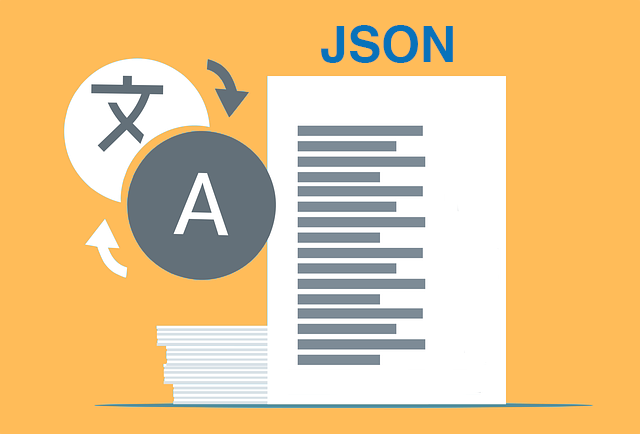
How to Translate JSON Files Online Effectively [2024]
Want to translate JSON files? Learn why Pairaphrase is the best way to auto-translate JSON files online.

How to Translate HTML Files to Another Language [2024]
Want to translate HTML files to another language? Learn why Pairaphrase is the best way to translate HTML files.
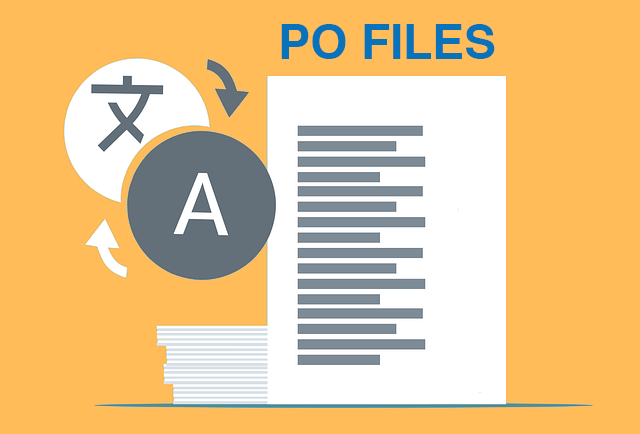
How to Translate PO Files Online [2024]
Need to translate PO files online? Learn why Pairaphrase is the best way to translate PO files.

OpenAI Language Translation: Pros & Cons for Enterprises
Exploring OpenAI language translation capabilities? In this article, discover the pros & cons of OpenAI translation for enterprise use.

File Translation 101: Your Guide to the Basics
Learn all about file translation in this 2023 guide to gain an understanding of the different kinds of file translation services & formats.

Best Way to Translate Elucidat Course Content
Learn how Pairaphrase makes Elucidat course translation reusable, secure, fast and easy.

5 Tips for eLearning Localization in 2024
Need to localize eLearning content? Familiarize yourself with these 5 eLearning localization tips for effective multilingual training.

How to Translate a Text File Online [2024]
Want to translate a text file? Learn why Pairaphrase is the best way to translate a text file for your organization.

Best DocTranslator Alternative (2024)
Want a secure enterprise alternative to DocTranslator? Learn why Pairaphrase is the best DocTranslator alternative for enterprises here »

Top 8 Translation Industry Trends (2023 Outlook)
Explore 2023 translation industry trends! Learn about 8 translation industry trends 2023 will bring, according to our predictions »
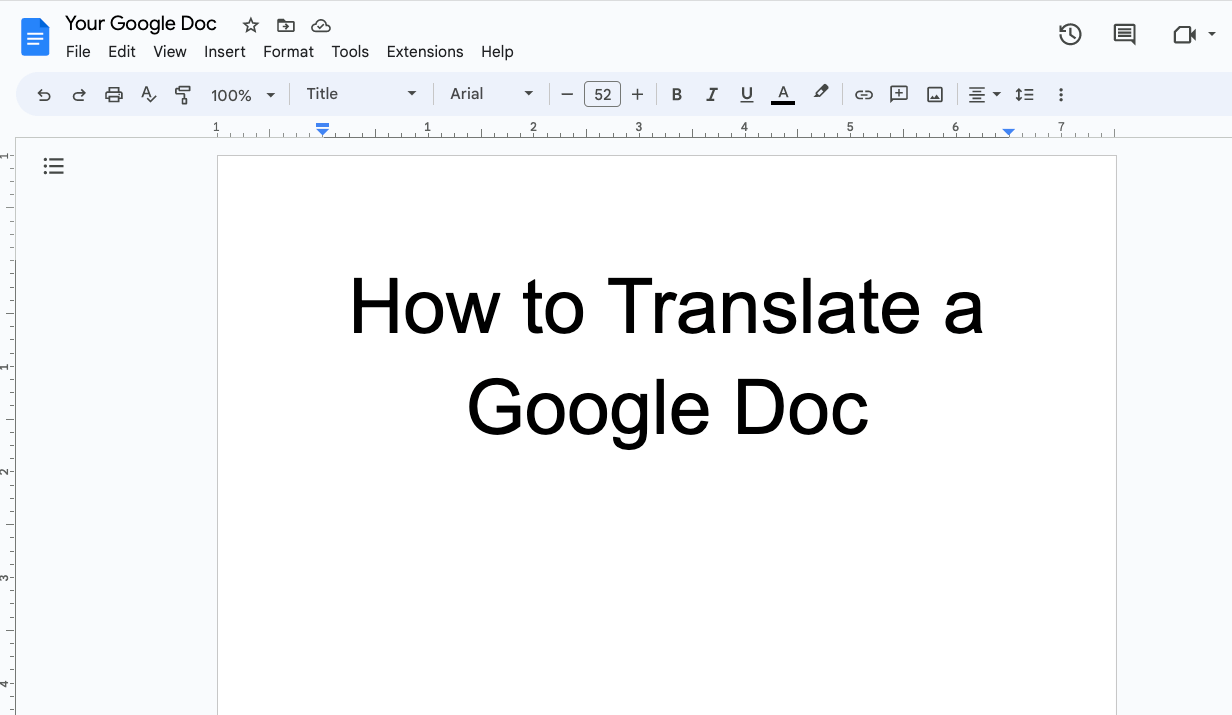
How to Translate a Google Doc Most Efficiently [2024]
Want to translate Google Doc text? Learn why you should use Pairaphrase as your Google Docs translator.

Best English to Polish Document Translation Software [2024]
Looking for English to Polish translation software, but not sure what features you need? Access this buying guide.
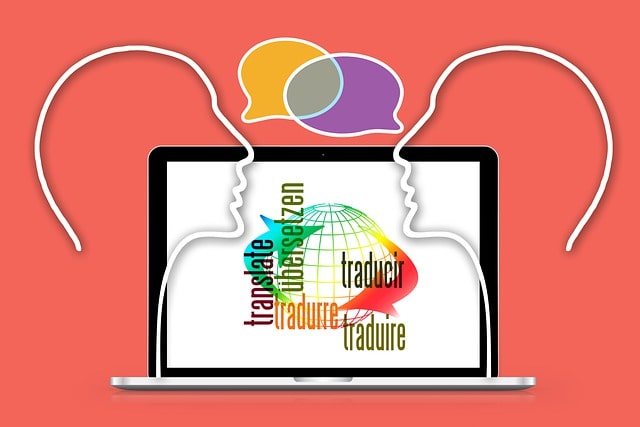
Translation Services 101: Your Guide to the Basics
Need translation services? First, learn the basics! This way, you can make an informed decision. Explore this guide to translation services.

Best Redokun Alternative for Enterprises (2024)
Want a secure enterprise alternative to Redokun? Learn why Pairaphrase is the best Redokun alternative for enterprises here »
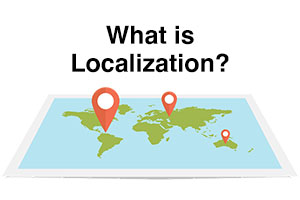
Localization 101: Your Guide to the Basics
Curious about localization? Learn about localization vs translation, what it is, how it works, benefits & more in this guide to the basics!

Best Memsource Alternative for Enterprises (2024)
Want a secure enterprise alternative to Memsource? Learn why Pairaphrase is the best Memsource alternative for enterprises here »

How to Translate Entire Google Sheets (All Cells) [2024]
Want to translate entire Google Sheets? Learn why you should use Pairaphrase as your Google Sheets translator.

How to Translate an Entire Google Slides Presentation [2024]
Want to translate Google Slides presentation text, notes & charts? Learn why you should use Pairaphrase as your Google Slides translator.
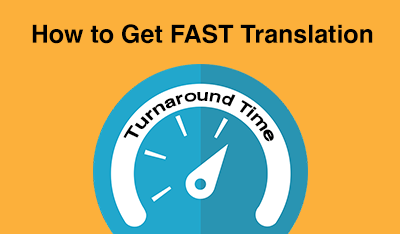
Fast Turnaround Translation: How to Get it
While fast translation turnaround and linguistic quality is a delicate balance, this post will tell you how to best use Pairaphrase to get fast translations.

Best English to Arabic Document Translation Software (2024)
Looking for English to Arabic translation software, but not sure what features you need? Access this buying guide.
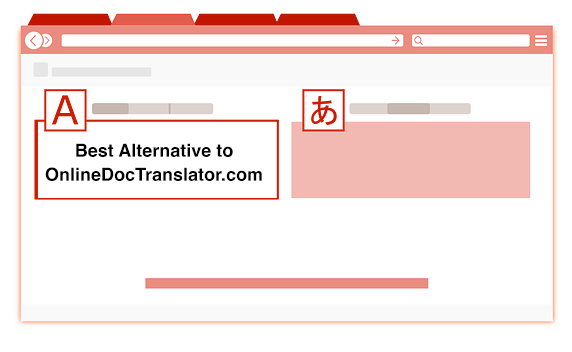
Best OnlineDocTranslator.com Alternative (2024)
Considering an alternative to OnlineDocTranslator.com? Explore why Pairaphrase is the best OnlineDocTranslator.com alternative for enterprises.
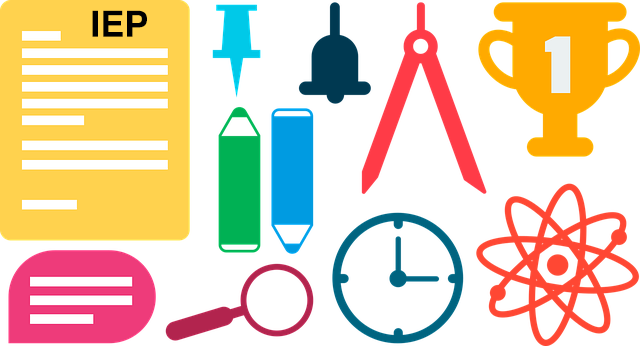
How to Translate an IEP Document [2024]
Need to translate an IEP document? Learn how to translate IEP documents in the most efficient and secure way possible.
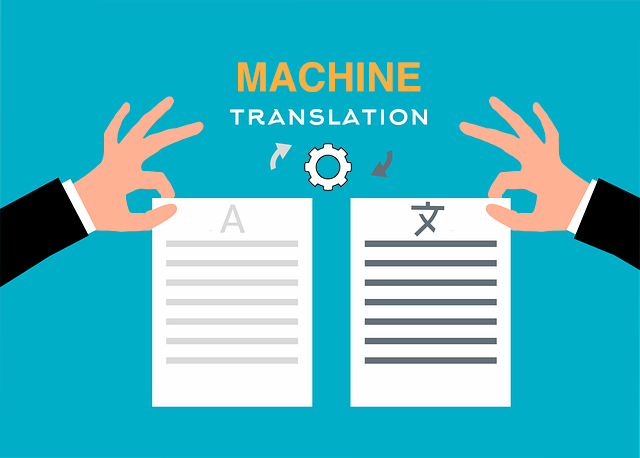
Machine Translation (MT): Your Guide to the Basics [2024]
Curious about Machine Translation (MT)? Learn about machine translation, how it works, benefits of machine translation & more.
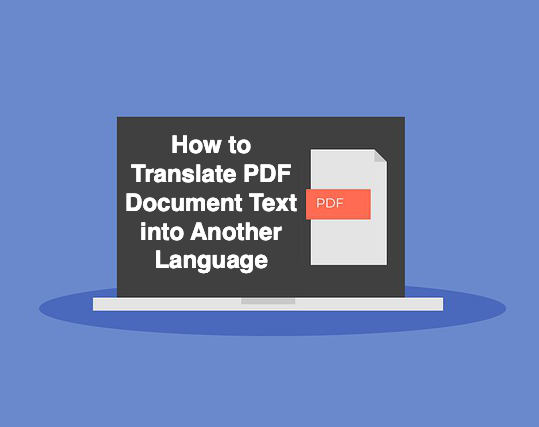
PDF Translation Problems & Solutions: Troubleshooting Guide [2024]
Learn common issues involved with translating PDF documents and discover why Pairaphrase is the best PDF document translator.
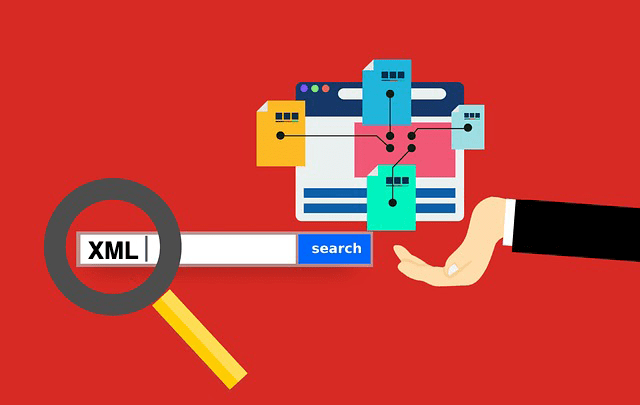
How to Translate XML Files Online (2024)
Need to translate XML files online? Learn about the best features to use when translating XML files.

Best English to Italian Document Translation Software (2024)
Want the best English to Italian document translation software for business? Read about the 10 best English-Italian translator app features.

Terminology Management in Translation: Essential Guide [2024]
Learn all about terminology management in this comprehensive guide.

Smartling Alternative for Enterprises in 2024
Want a Smartling alternative? Explore 10 possible reasons you need one, and why Pairaphrase might be your best alternative.
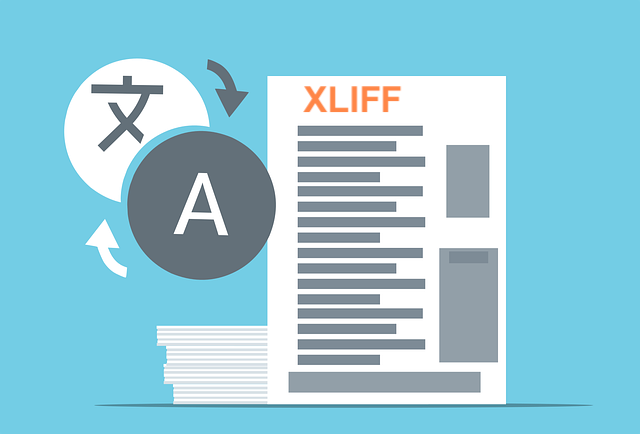
How to Translate XLIFF Files Online Successfully (2024)
Need to translate XLIFF files online? Learn why Pairaphrase is the best way to translate an XLIFF file.

Best Japanese to English Document Translation Software (2024)
Looking for Japanese to English translation software, but not sure what features you need? Access this buying guide.

How to Translate SRT Files Effectively [2024]
Learn how to translate SRT files in 2022! Explore the reasons Pairaphrase is the best way to translate an SRT file effectively.

Best English to Japanese Document Translation Software (2024)
Looking for English to Japanese translation software, but not sure what features you need? Access this buying guide.

Brochure Translation Software Features to Look for
Need brochure translation? Look for these 10 top brochure translator features (before you buy).

Best Way to Translate Articulate Course Files
Need to translate Articulate course files? Learn why Pairaphrase is the best way to translate Articulate files (XLIFF 2.0).

Best Way to Translate Multiple Files Simultaneously Online
Need to translate multiple files simultaneously online? Learn why Pairaphrase is best for batch translation.
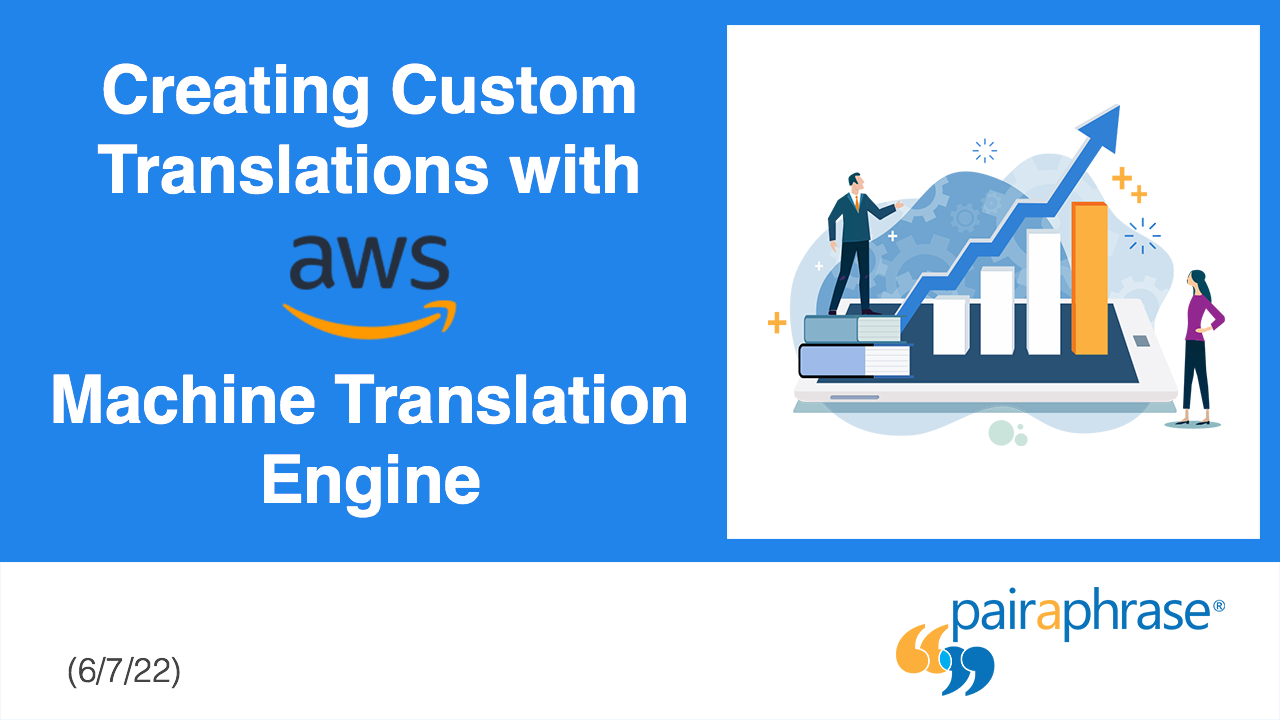
Using Pairaphrase Translation Software with Amazon Translate
Curious about translating with Amazon Translate (AWS)? Learn about using Amazon’s machine translation engine with Pairaphrase.

Best English to Hindi Document Translation Software (2024)
Looking for English to Hindi translation software, but not sure what features you need? Access this buying guide.

How to Translate Large Files with Ease [2024]
Need to translate large files? Learn about the best tools to use when translating large PDF’s, documents & more (10MB+).

Catalog Translation Software Features to Look for
Need catalog translation? Look for these 10 top catalog translator features (before you buy).

Best English to Vietnamese Document Translation Software (2024)
Looking for English to Vietnamese translation software, but not sure what features you need? Access this buying guide.

How to Create Effective Termbase Glossaries for Machine Translation
Need to create a termbase glossary? Get our top 5 tips for creating effective termbase glossaries for machine translation.

Best English to Korean Document Translation Software (2024)
Looking for English to Korean translation software, but not sure what features you need? Access this buying guide.

Best DeepL Alternative for Enterprise Teams (2024)
Explore various DeepL drawbacks and user-specific needs you might identify with. This way, you can conclude whether alternatives to DeepL could fill these gaps.

Top 10 Translation Industry Trends in 2022
Explore 2022 translation industry trends! Learn about 10 translation industry trends 2022 will bring, according to our predictions »
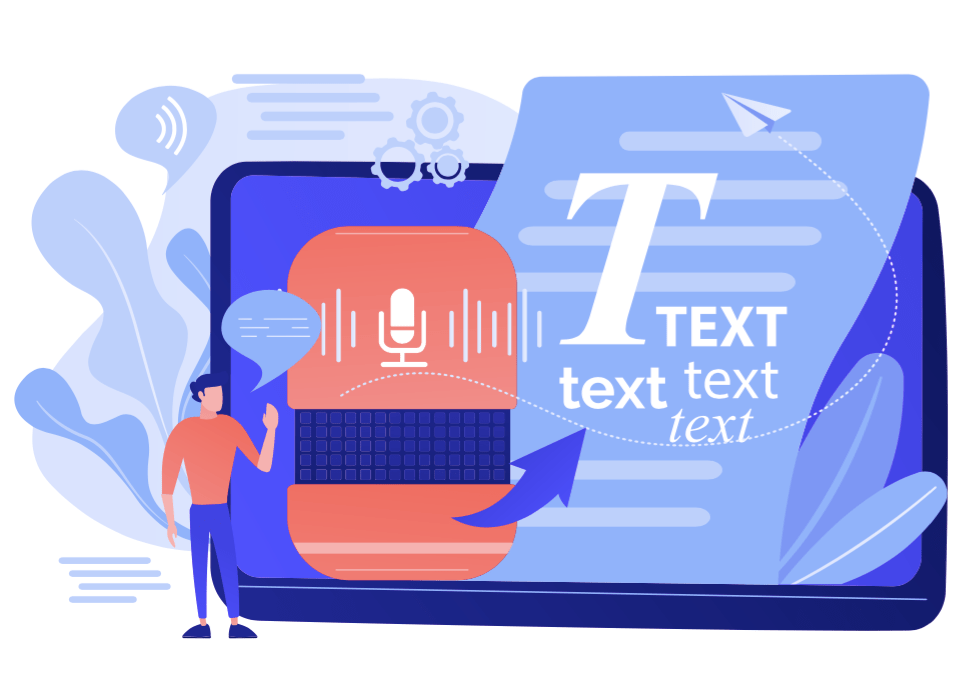
Secure Transcription Software That Translates Languages
Need secure transcription software that translates languages? Learn what features to look for and how Pairaphrase will benefit you.

Best English to Portuguese Document Translation Software (2024)
Looking for English to Portuguese translation software, but not sure what features you need? Access this buying guide.
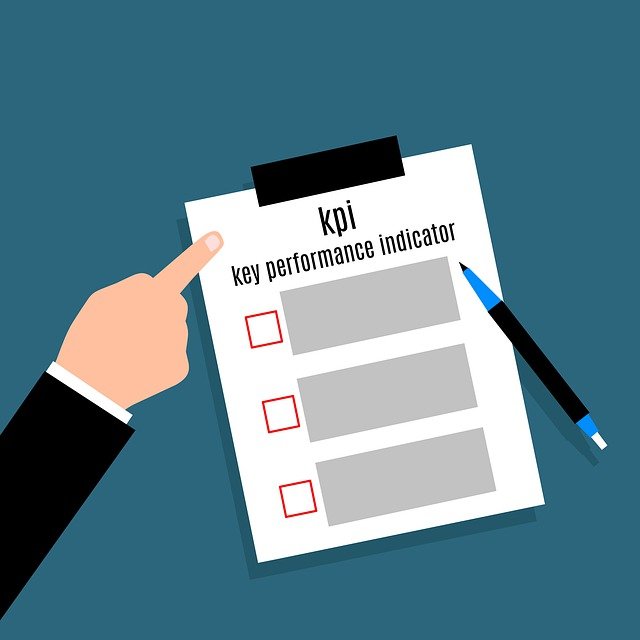
Translation KPIs for Translation Management Success
Establishing translation KPIs (Key Performance Indicators)? Here are the 5 Most Important KPIs for translation management success.


